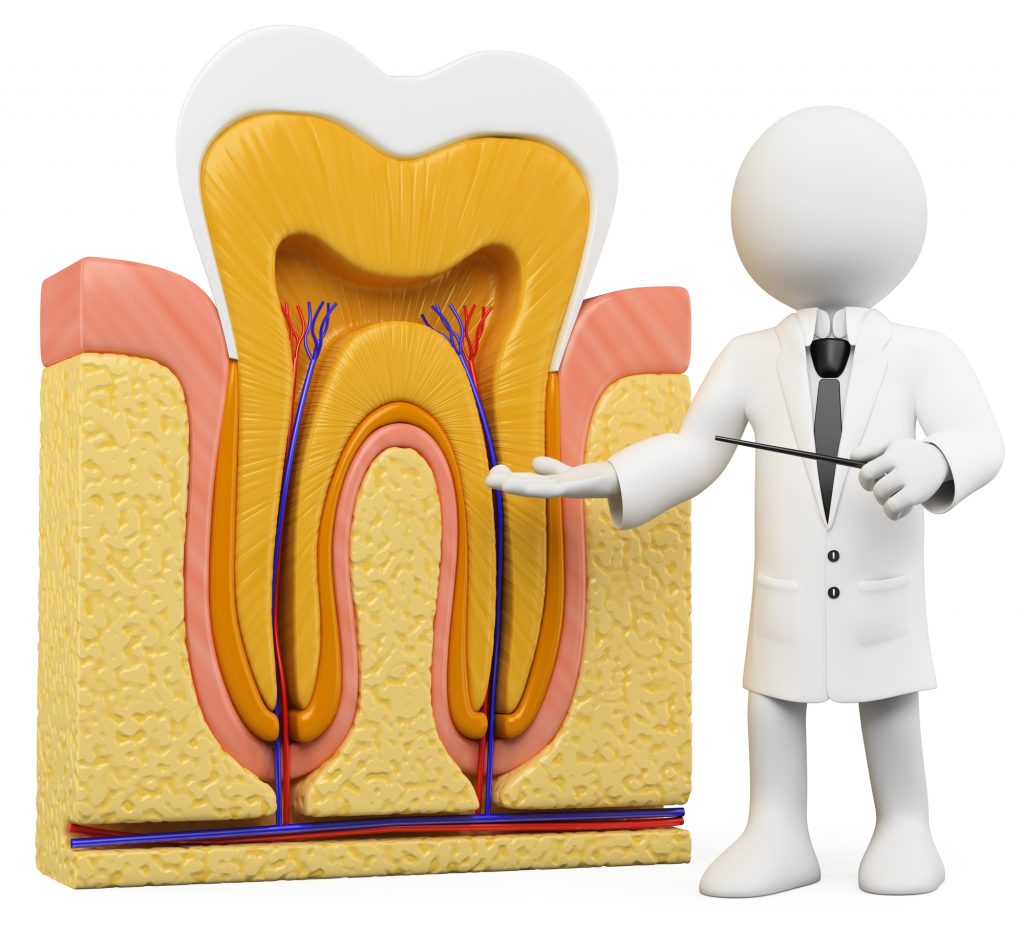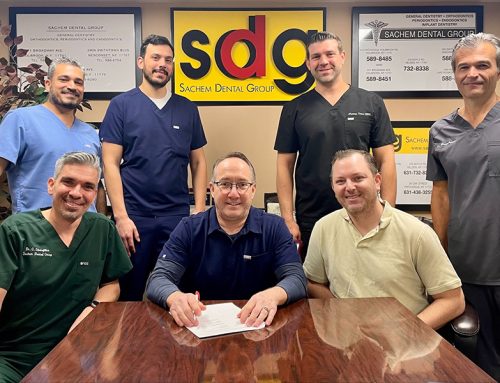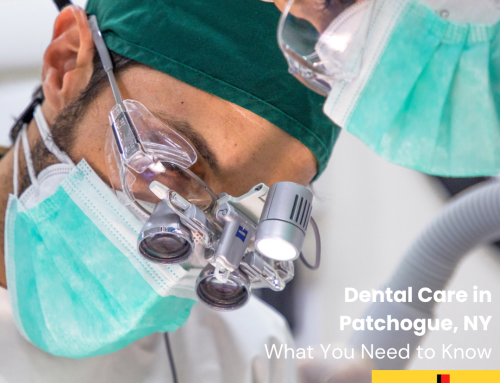3 Common Misconceptions Regarding Root Canal Therapy

Being told you need a root canal may be some of the most dreaded words a dental patient can hear. Most people’s minds have been filled with misconceptions about root canals that have developed over decades through word-of-mouth by people they’ve never met.
The truth of the matter is – when done correctly – root canals are a great and highly successful treatment option for saving your tooth. Knowing the facts about this procedure can help you realize that having it done is the best choice for your smile. But in order to do so, we need to address some of the misconceptions that you may be wondering about.
During a root canal, the dentist removes the root of the tooth
It’s a common assumption – due to the name of the procedure – that during a root canal, the dentist removes the root from the tooth. This is not true.
A front tooth has one root, a premolar may have one or two, and a molar usually has up to three – sometimes even four roots. Inside the body of a tooth is the pulp chamber which is essentially a bulb where the nerve starts. Thin nerve canals extend out of the pulp and down each root. During a root canal treatment, the dentist accesses the pulp – removes, disinfects, and then seals the nerve canals. So, as you can see, the roots themselves are left intact.
Root canals hurt
With new advances in dentistry coming out regularly, it’s hard for the public to keep up with them. Root canals which many years ago were a long and uncomfortable process aren’t that way anymore. Local anesthesia numbs the nerves in the area being worked on, and more advanced equipment allows your dentist to keep you comfortable during the efficient procedure.
You’re better off extracting your tooth
Anytime you have the option of saving a tooth, it’s one you should take advantage of. You may think you’ll just have this one pulled because it doesn’t show when you smile. Or maybe an extraction is an attractive option because you still have other teeth in that area that you can chew with. But you never know what the future holds. What if one day one of the other teeth break and it can’t be saved? Then you’d be out two teeth – when it could have just been the one. Chewing, in this case, can become very difficult.
Also, extracting a tooth puts additional strain on our other teeth, making them more prone to wear and break. And remaining teeth will begin shift, leaving you with slanted and gapped teeth that are difficult to clean.
As one of the top dentists in Long Island, Sachem Dental has been trusted by the Suffolk County community for over 35 years. If you need a root canal, or any other dental work done, we’re here to help. We will gladly answer any questions and address all of your concerns regarding your recommended treatment. Give us a call today!






